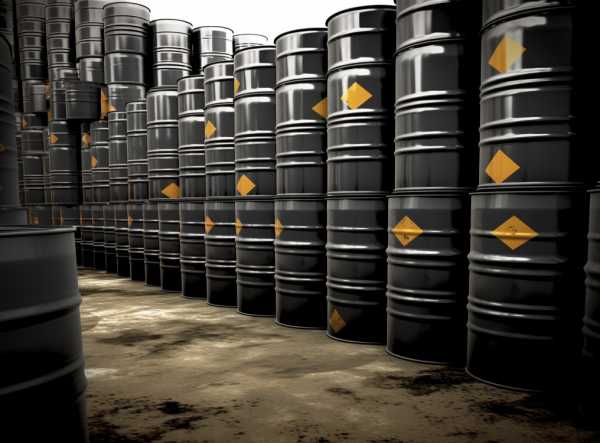
Key Insights
- Gasoline inventories missed analyst expectations.
- Domestic oil production increased from 13.0 million bpd to 13.3 million bpd.
- Strategic Petroleum Reserve grew from 357.4 million barrels to 358 million barrels.
On February 7, EIA released its Weekly Petroleum Status Report. The report indicated that crude inventories increased by 5.5 million barrels from the previous week, compared to analyst consensus of +1.9 million barrels. At current levels, crude inventories are about 4% below the five-year average for this time of the year.
Total motor gasoline inventories declined by 3.1 million barrels, while analysts expected that they would increase by 0.14 million barrels. Distillate fuel inventories decreased by 3.2 million barrels.
Crude oil imports increased by 1.3 million bpd from the previous week, averaging 6.9 million barrels.
Strategic Petroleum Reserve increased from 357.4 million barrels to 358 million barrels as U.S. continued to buy oil for reserves.
Domestic oil production jumped from 13.0 million bpd to 13.3 million bpd. This is not surprising as the recent quarterly reports showed that U.S. oil companies planned to increase production.
WTI oil moved above the $74.00 level as traders reacted to the EIA reports. Brent oil climbed above $79.00. Traders ignored the increase in domestic oil production and focused on declining gasoline inventories, which indicate the strength of demand. The continuation of purchases for the Strategic Petroleum Reserve is also bullish for oil markets.
Traders will continue to monitor the developments in Israel – Hamas conflict. Hamas has recently released its proposal for Gaza truce which implies complete withdrawal of Israel forces. Such demands are not acceptable to Israel, so oil’s geopolitical premium may increase, which would be bullish for oil markets.
For a look at all of today’s economic events, check out our economic calendar.









